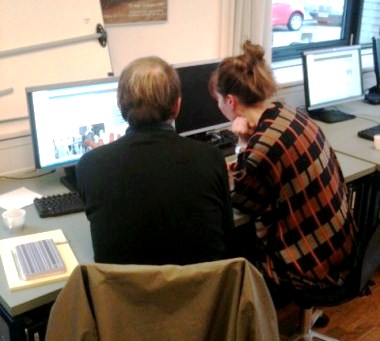The User Test, also termed ‘Thinking Aloud User Testing’, is one of the most frequently used qualitative methods for concept and solution development, whether in relation to the usability testing of a digital platform or physical prototype. It’s a method that students can use to investigate usability and serves to reveal deficiencies at various levels in relation to user needs.
For example, when testing a website it may relate to design, functions, navigation, terminology, content or interactivity. One could also look at areas such as search functions or content pages.
The benefit of the User Test is that it provides insight into what users actually do while they solve a specific task. This is in contrast to the qualitative interview where the users reflect upon their past behaviour and experiences.
The User Test is an integral user-driven tool that can be deployed in an innovation process. The User Test may be used during the initial research phase, as students investigate an existing product or digital solution they want to develop or upgrade. But typically it is implemented well into the innovation process during design-, function- and content development.


